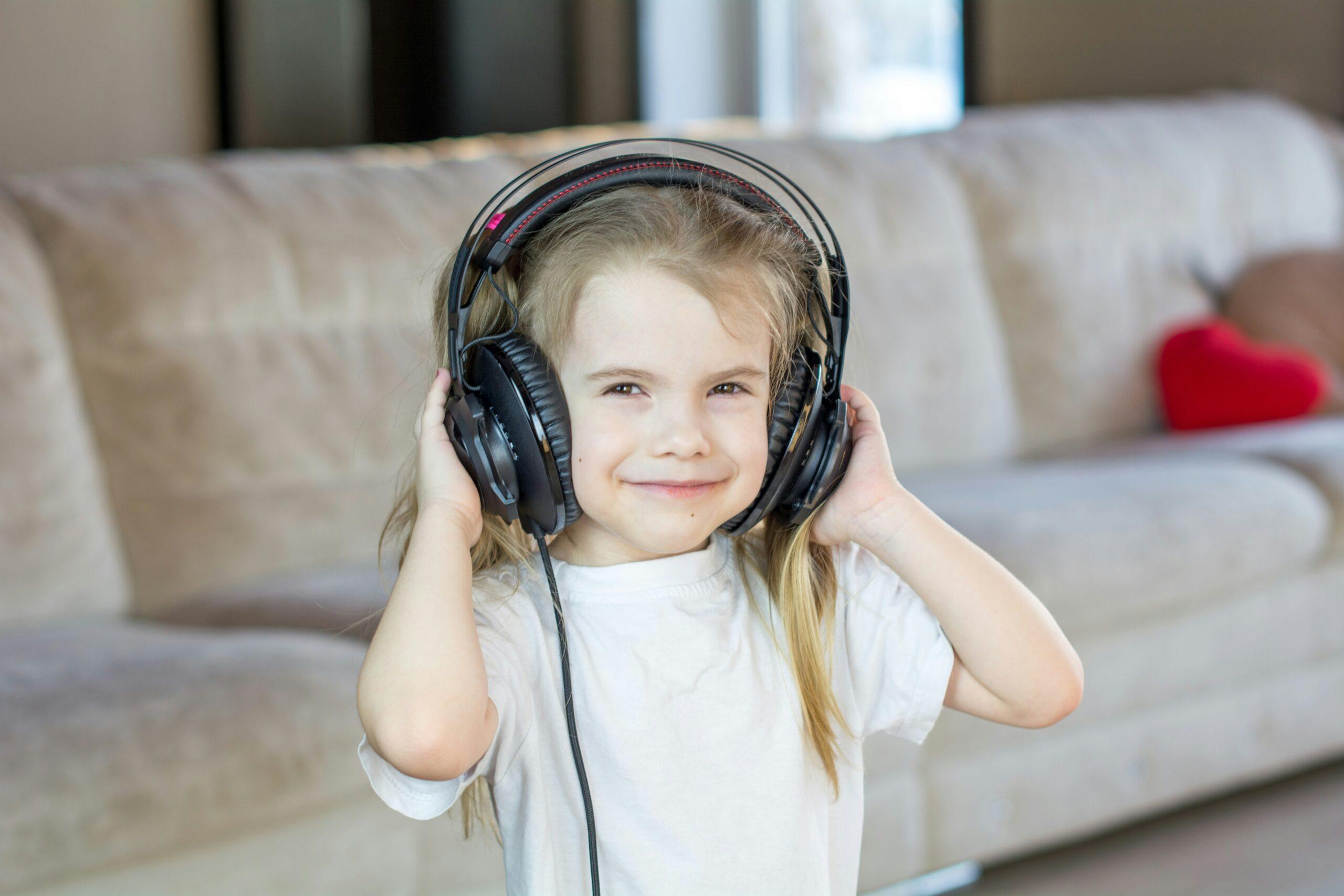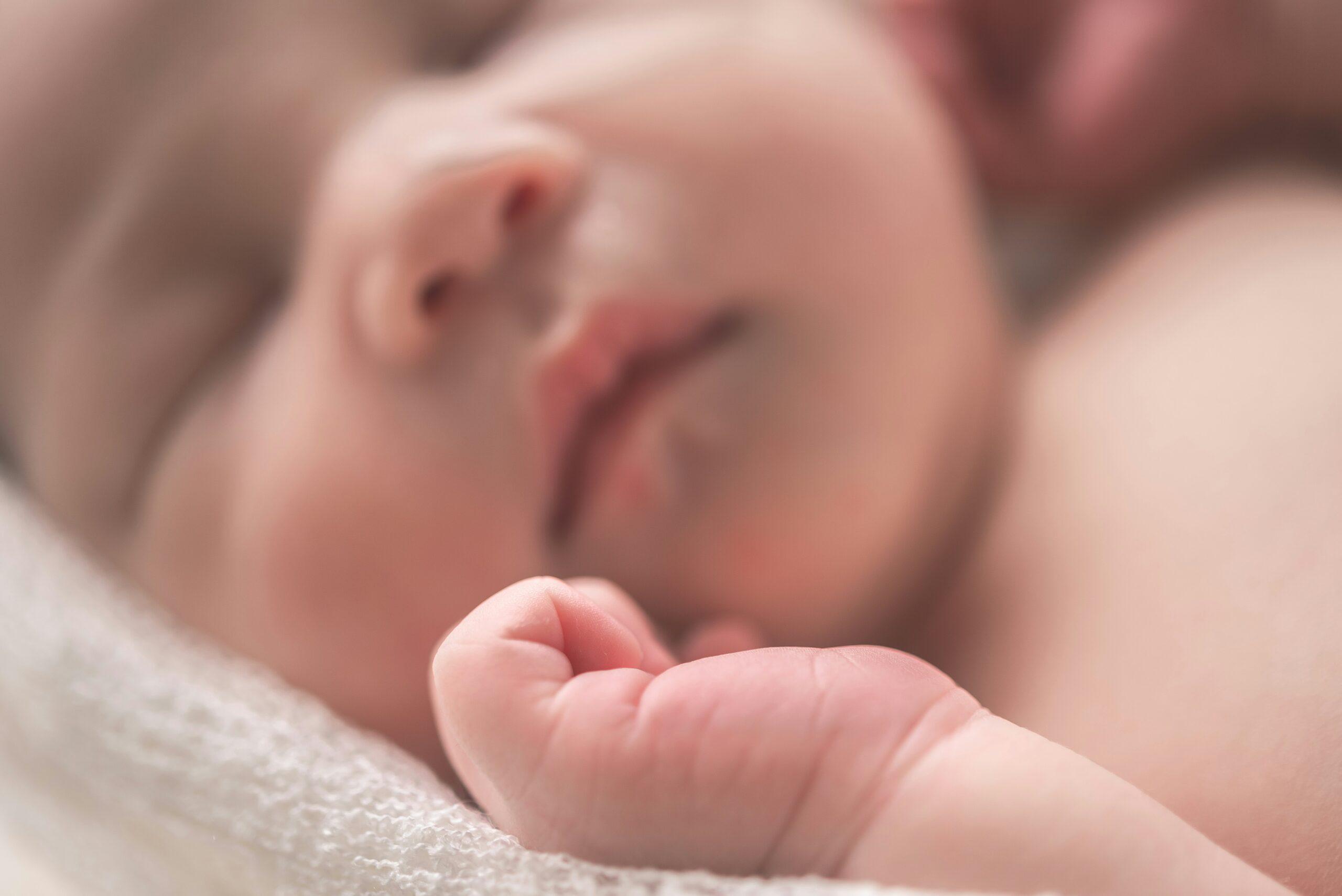An estimated 1.4 million young people in the United States today have hearing loss. Yet only 12 percent of them are receiving the help that they need, according to a national study by the Better Hearing Institute. This study found that too many children with hearing loss are getting a lack of help and are being put at risk for social, emotional, behavioral and learning difficulties.
Children need to be able to hear in every environment they are in from birth and onward, including in the classroom, in the home, in the community, on the playground and on the sports field. Even a mild hearing loss creates a handicapping condition for many children and adolescents. Yet many of these same children do not get the help they need, either because their parents, teachers and/or physicians are unaware the children have a hearing loss or the consequences of not treating the hearing loss are misunderstood.
Too many parents hear the word “mild” and assume it means the hearing loss is not serious enough to do something about. However, children with mild hearing loss can miss 25 to 50 percent of speech signals, especially during classroom discussions. Scientific literature clearly shows that untreated hearing loss affects nearly all dimensions of the human experience. And pediatric literature demonstrates that even children with “minimal” or unilateral hearing loss are at risk academically when compared to their normal hearing peers.
Three out of four parents surveyed indicated their children experienced problems due to hearing loss. What types of serious problems do children face as a result of hearing loss? The most serious problems experienced impacted social skills (52 percent), school grades and language development (50 percent), emotional health (42 percent), relationships with peers (38 percent), self-esteem (37 percent) and relationships with family (36 percent).
Why don’t parents get their children’s hearing treated?
In our study, we found a number of reasons why parents chose not to provide hearing devices for their children with hearing loss. The most frequent reasons included:
- Parents minimized, denied or in some instances chose to ignore the seriousness of their child’s hearing loss.
- Parents received conflicting advice based on misinformation, such as hearing aids were not needed for hearing loss in one ear or high frequency hearing loss could not be helped with hearing aids, from pediatricians or other professionals.
- Three in ten parents expressed concern about how people might perceive their child if he or she wore hearing devices.
What should I do if I think my child has a hearing loss?
- If your infant fails an at-birth hearing screening in either ear, follow up with an audiologist within 90 days for more detailed testing.
- At-birth hearing screenings are not yet perfect, especially in identifying mild hearing loss. Your child’s hearing should be tested prior to entering kindergarten, preferably by a pediatric audiologist.
- Children with frequent ear infections for more than three months are particularly at risk for temporary and sometimes permanent hearing loss and thus should be closely monitored.
- Understand your child’s difficulty with hearing loss by plugging your ears with your fingers and then listening to a conversation around you. Experience the extra effort it takes to listen.
- Talk with your child’s teachers and make them aware of his or her hearing loss. Explain that it may affect your child academically, socially and behaviorally. The child’s educational environment should be evaluated to assure the best listening environment for the child.
- Become a vocal advocate for your child, and encourage or demand help from your child’s school. All children deserve equal access to verbal instruction. The school may actually provide the use of hearing assistance devices or other learning aids in the classroom.
- Become educated on the signs of hearing loss in children.
- Perform your own subjective “test” when your child is engaged in a quiet activity with his or her back turned toward you. In a normal conversational intensity level at about six feet away, ask your child a simple question. Inappropriate or nonexistent responses may mean your child has a hearing loss.
- Objective research shows that more than 10 percent of children have early signs of noise-induced hearing loss. Teach your child safe listening habits.
“Based on our findings, I am concerned that approximately 1 million young people in America are being left behind and suffering unnecessarily,” says otolaryngologist Dr. William Luxford of the House Ear Clinic, a Better Hearing Institute (BHI) board member and co-author of the study. “I’m confident, however, that if parents understand how much better their children’s lives can be with proper treatment, they will not hesitate to do the right thing.”



